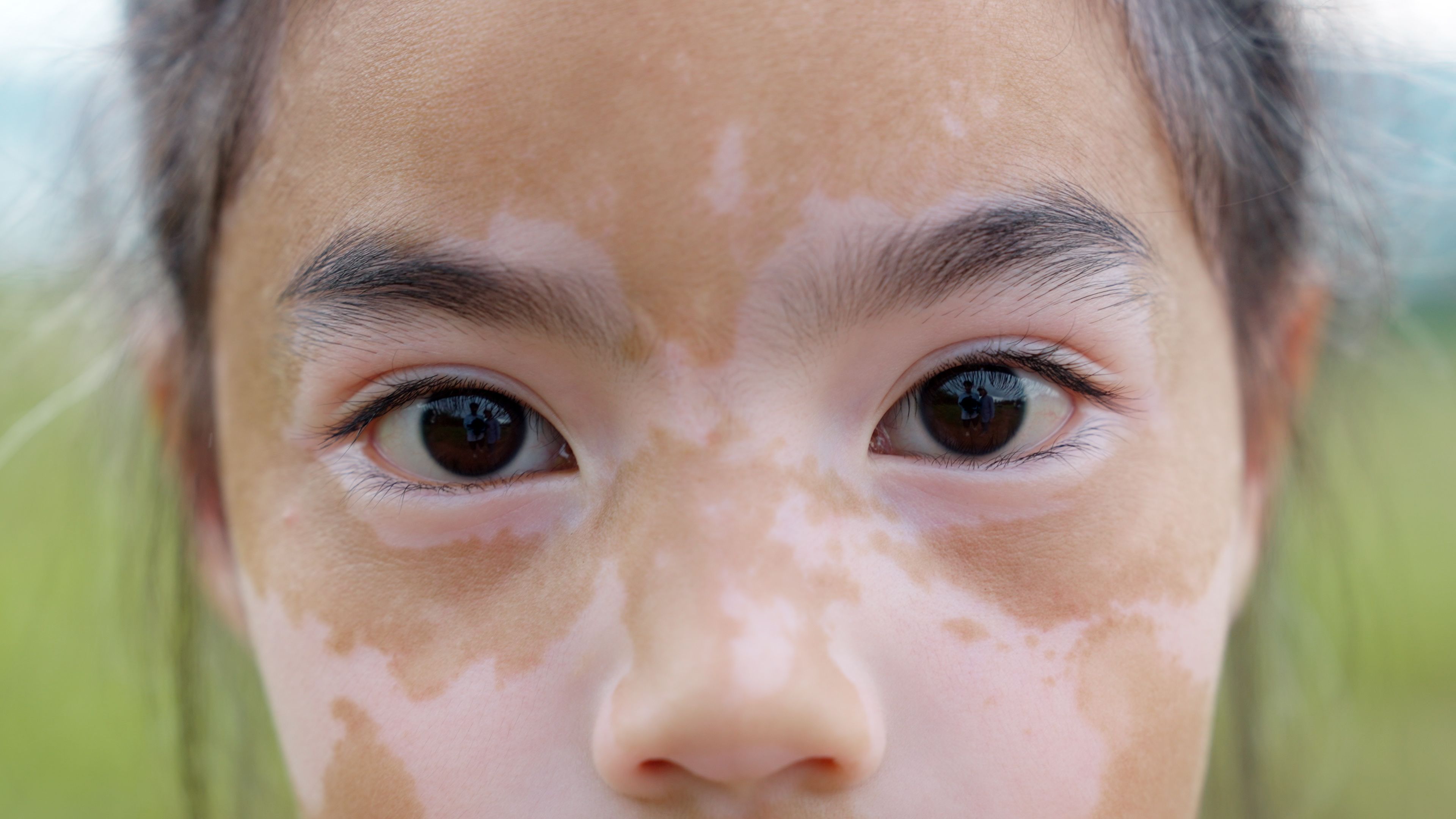Investigators recently conducted a comprehensive study1 of pediatric patients with skin of color and varying dermatoses, noting that there is a lack of research on this topic. Old data, study authors wrote, is becoming increasingly outdated.
In order to thoroughly explore the prevalence of pediatric skin conditions in a population of patients with skin of color, investigators conducted a cross-sectional study at a single study site: a dermatology clinic in urban Melbourne, Australia, dedicated to treating patients with darker skin types.
From October 2020 to April 2022, investigators extracted relevant age, sex, ethnicity, and diagnosis- specific data from pediatric patients of the clinic. During this time, investigators identified 1,195 pediatric patient consultations, of which 267 fit included ethnicity data indicative of the skin of color definition.
Key Takeaways
- This study underscores the lack of research on pediatric patients with skin of color and the growing obsolescence of existing data.
- Most presented with pigmentary issues (43.8%), including depigmentation as the most common. Acneiform conditions were found in 21.3% of patients, while 19.9% had inflammatory conditions, mainly atopic dermatitis.
- These findings align with other skin of color centers, emphasizing the need for specialized research and education.
Researchers used the Fisher’s test to compare proportional differences between study groups. The majority of patients were of South Asian (63.7%) or Asian (22.1%) descent. However, patient ethnicities spanned all continents, with male and female participants and a variety of age groups represented.
Dermatologic conditions were categorized as being pigmentary, acneiform, and inflammatory in nature. The majority of patients (43.8%) presented with pigmentary dermatoses, including depigmentation, hypopigmentation, and hyperpigmentation. Of these pigmentary conditions, depigmentation was considerably the most common, experienced by 61.7% of patients with classified pigmentary dermatoses.
Acneiform conditions were identified among 21.3% of patients, and inflammatory conditions such as atopic dermatitis and psoriasis were identified in 19.9% of patients. Among the 19.9% of patients with inflammatory conditions, atopic dermatitis was significantly more common, reported in 93.8% of those within the inflammatory condition category.
Investigators found that the proportion of patients with conditions such as atopic dermatitis and vitiligo were consistent to and similar with their demographic proportion. Among patients of Chinese and Indian descent, a statistically significantly large portion of patients experienced atopic dermatitis, while a high proportion of patients of Malaysian descent were identified as having vitiligo, though this did not quite reach statistical significance.
Researchers noted that findings of prevalence were consistent with other skin of color centers, including those located in the US.
“The ethnicity proportions identified in our study do not implicate specific genetic predispositions nor environmental factors but are merely a description of what was seen at a single skin-of-color center in Melbourne, Australia. Our findings may be attributed to the ethnicity distribution of our patient demographic and clinic location; however, they do mirror the findings of earlier studies and call to attention the need for further focused studies into re-evaluating the prevalence of skin disease across ethnicities, considering differing environmental factors,” wrote study authors Liu et al.
“The descriptive data from our research highlight the importance of increasing education and training for dermatologists and other medical and allied health personnel in pediatric patients with skin of color and suggests changes in previously identified epidemiology,” authors wrote.
Reference
- Liu S, Rodrigues M. A cross‐sectional study of pediatric dermatoses in a specialized pigment and skin‐of‐color center in Australia. Pediatr Dermatol. Published online October 6, 2023. doi:10.1111/pde.15431







